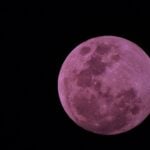The Chinese lunar probe Chang’e-6 successfully landed in the northern Chinese region of Inner Mongolia after a 53-day mission. This significant achievement made China the first country to bring back samples from the far side of the Moon. The reentry capsule landed at 2:06 p.m. Beijing time (06:06 GMT), carrying lunar soil collected earlier this month by the probe after a successful landing in the South Pole-Aitken Basin, a giant impact crater on the side of the Moon that always faces away from Earth.
The probe landed on Tuesday in the predetermined location, and the mission was a complete success, according to the Chinese space agency. Due to its complexity, this was one of the most ambitious aerospace projects China has undertaken.
“The Chang’e-6 mission represents a significant milestone in the history of human lunar exploration, and it will contribute to a more comprehensive understanding of lunar evolution,” exprerssed Yang Wei, a researcher at the Institute of Geology and Geophysics of the Chinese Academy of Sciences.
Chinese scientists believe the samples will include 2.5-million-year-old volcanic rock and other materials that experts hope will help answer questions about the geographical differences between the two sides of the Moon. The near side is the one visible from Earth, while the far side faces outer space. It is known to have mountains and impact craters, unlike the relatively flat expanses visible from Earth. The samples are expected to “answer one of the most fundamental scientific questions in lunar research: what geological activity is responsible for the differences between the two sides?” explained Zongyu Yue, a geologist at the Chinese Academy of Sciences, in a statement in Innovation Monday, a journal published in collaboration with the Chinese Academy of Sciences.
Experts also hope the probe will bring back material with traces of past meteorite impacts on the Moon. In recent years, China has conducted several successful missions to the Moon, collecting samples from the near side with the Chang’e 5 probe. “New samples will inevitably lead to new discoveries,” said Yang.
Similar Posts
The Chang’e-6 probe was launched on May 3 from the Wenchang Spacecraft Launch Site in China and entered the Earth-Moon transfer orbit. After orbit correction and lunar orbit braking, it successfully entered lunar orbit. With the support of the Queqiao-2 relay satellite, the lander-ascender combination performed lunar orbit descent and powered descent, landing precisely in the preselected area of the South Pole-Aitken Basin on the far side of the Moon on June 2 and began sampling.
On June 4, the ascender ignited and took off, entered the predetermined lunar orbit, and completed rendezvous and docking with the orbiter-returner combination on June 6, transferring the samples to the returner. The ascender then separated from the combination and was controlled to land on the Moon to avoid becoming space debris. The orbiter-returner combination spent 13 days in lunar orbit before completing two Earth-Moon transfer injections and one orbit correction. The returner separated from the orbiter on June 25, carrying the far side lunar samples back to Earth.
After successfully completing the Chang’e-6 mission, the Queqiao-2 relay satellite will carry out scientific detection tasks. Its extreme ultraviolet camera, array neutral atom imager, and Earth-Moon very long baseline interferometry (VLBI) test system will collect scientific data from the Moon and deep space.
This mission highlights not only China’s growing capabilities in space exploration but also the potential for new scientific discoveries that could shed light on the unresolved mysteries of the Moon.
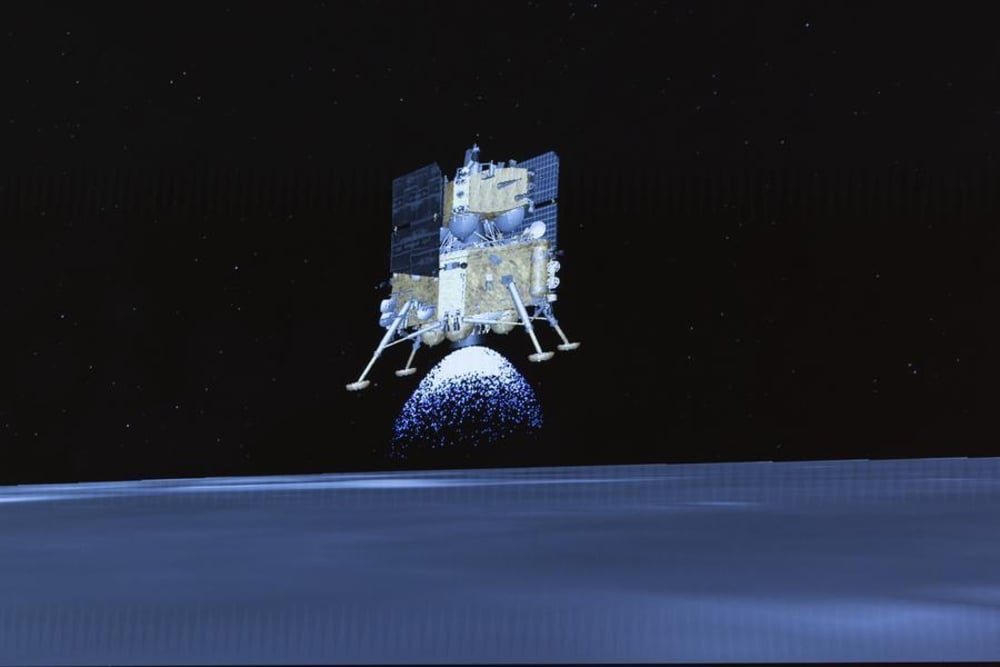
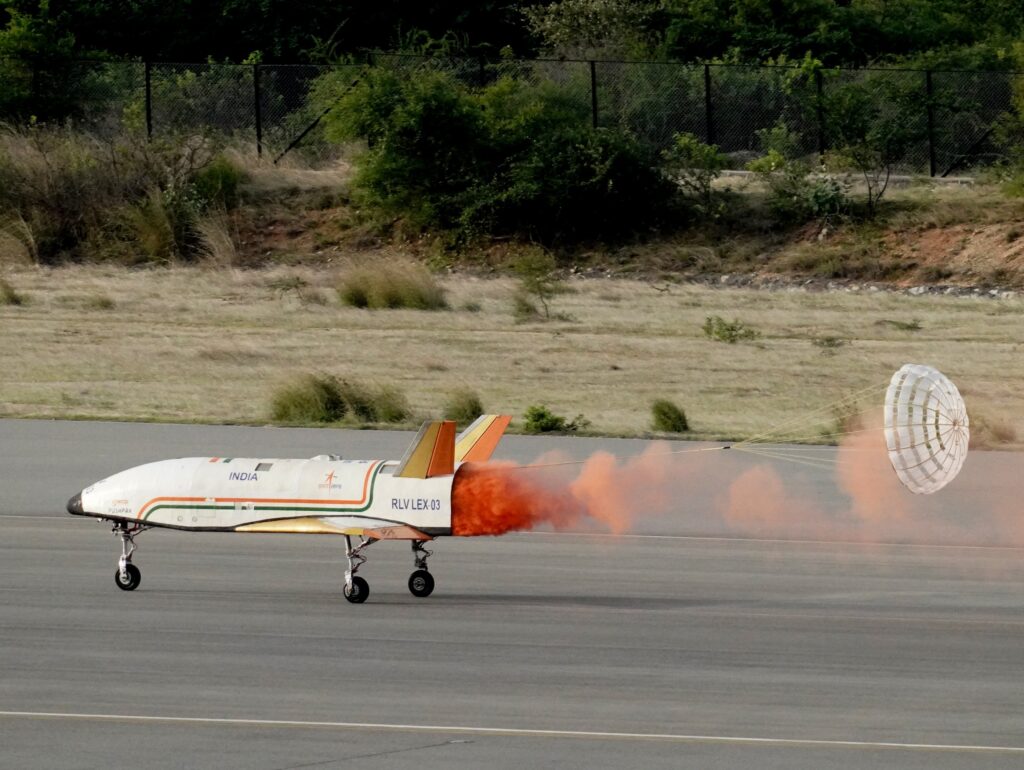
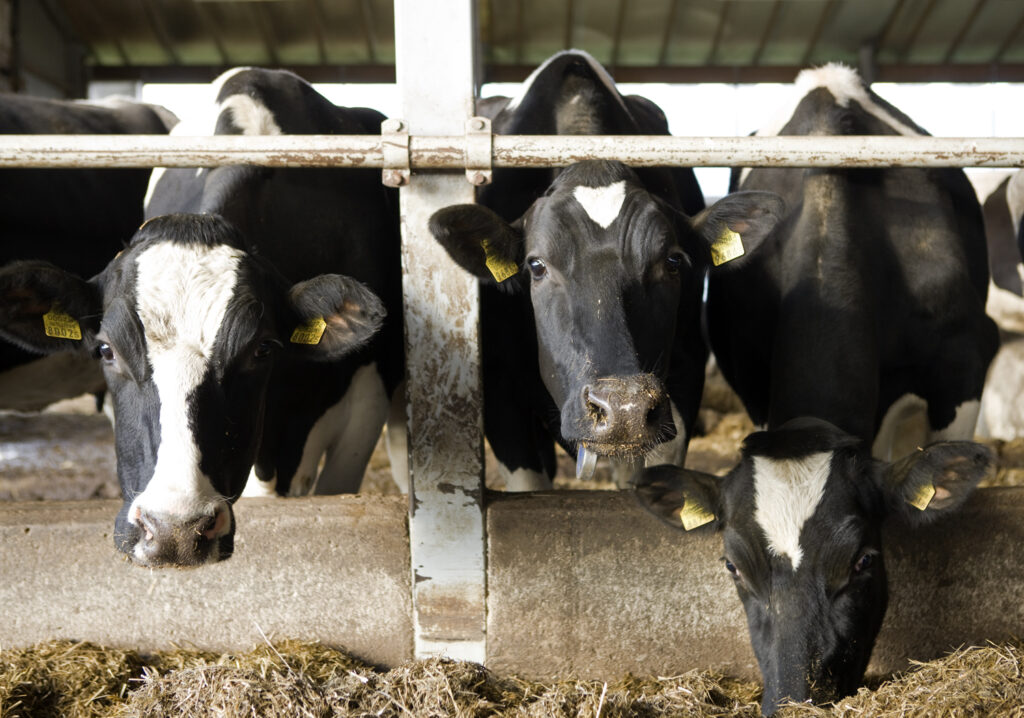

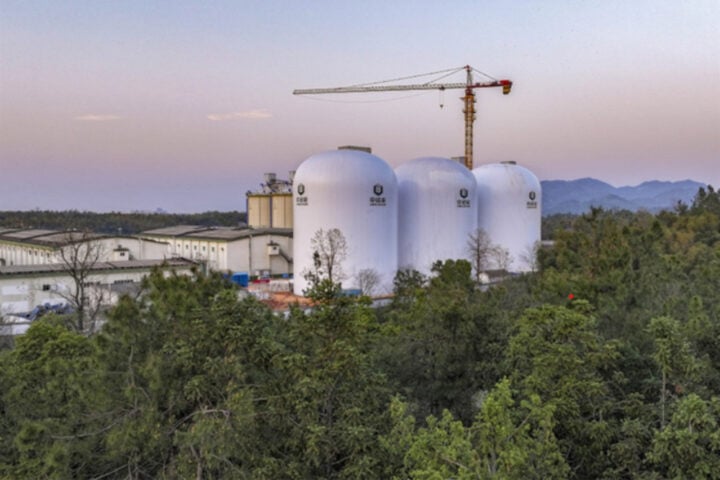


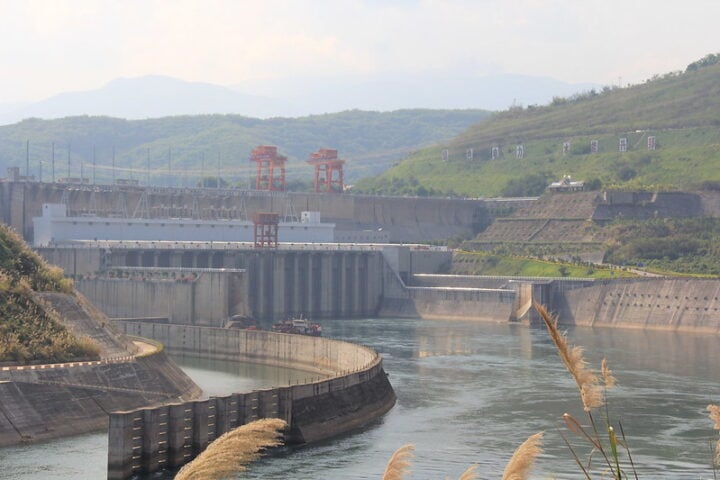
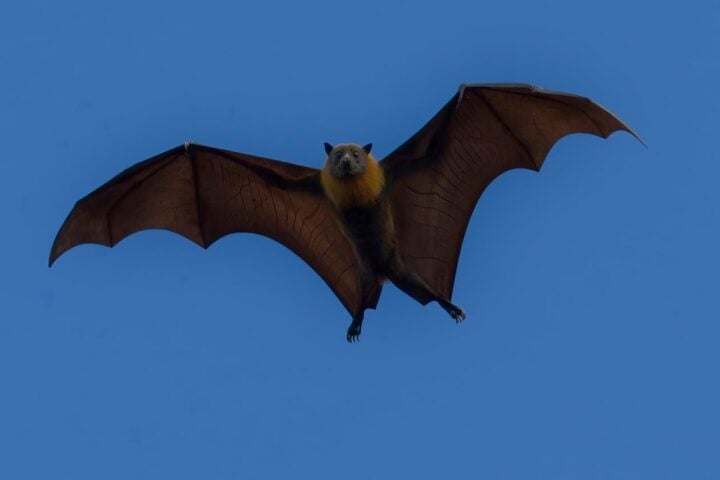
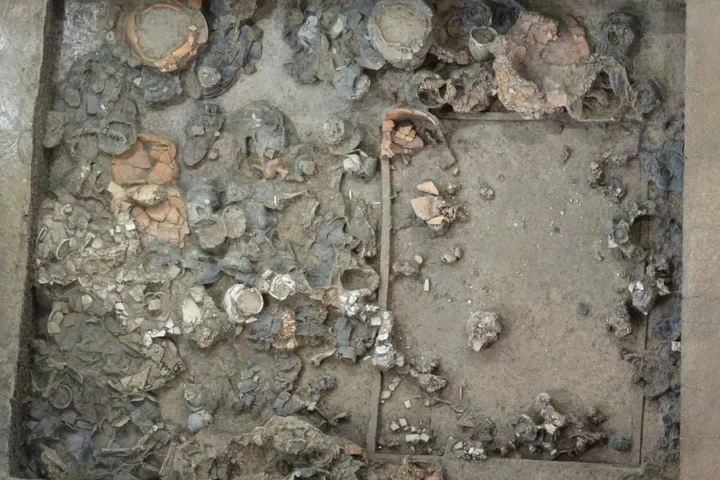
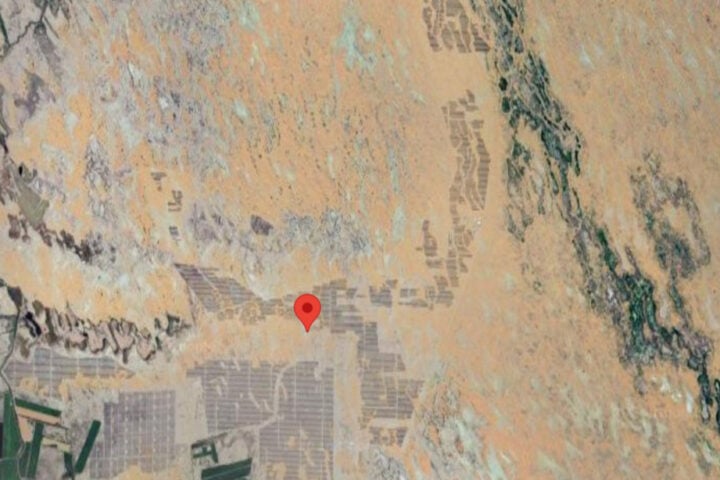
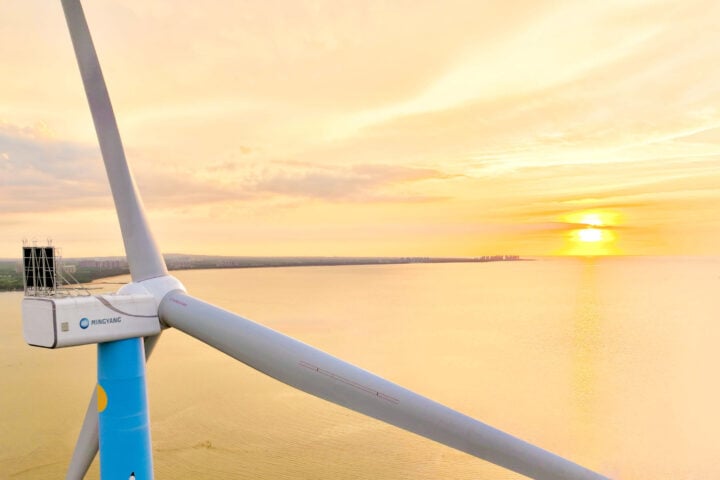
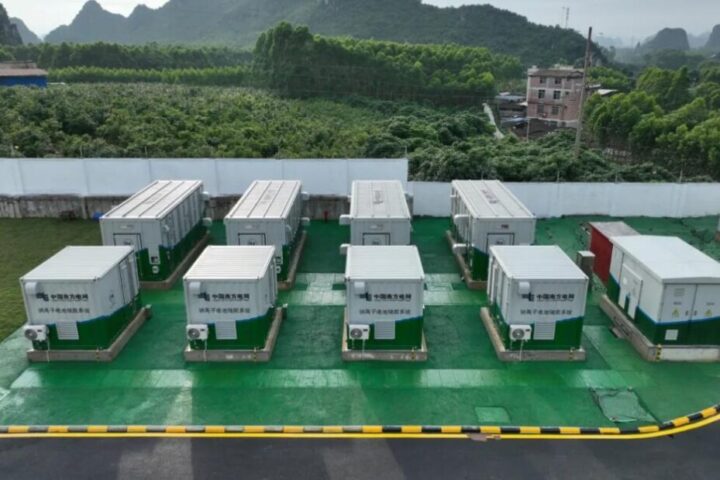


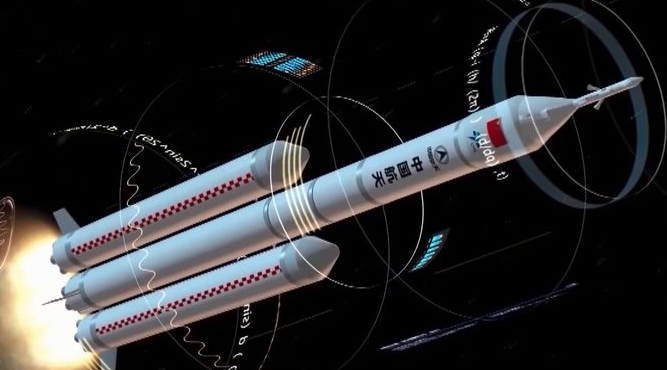
![This image taken from video animation at Beijing Aerospace Control Center (BACC) on June 2, 2024 shows the lander-ascender combination of Chang'e-6 probe landing on the far side of the moon. [Photo/Xinhua]](https://www.karmactive.com/wp-content/uploads/2024/06/spp.jpeg)

